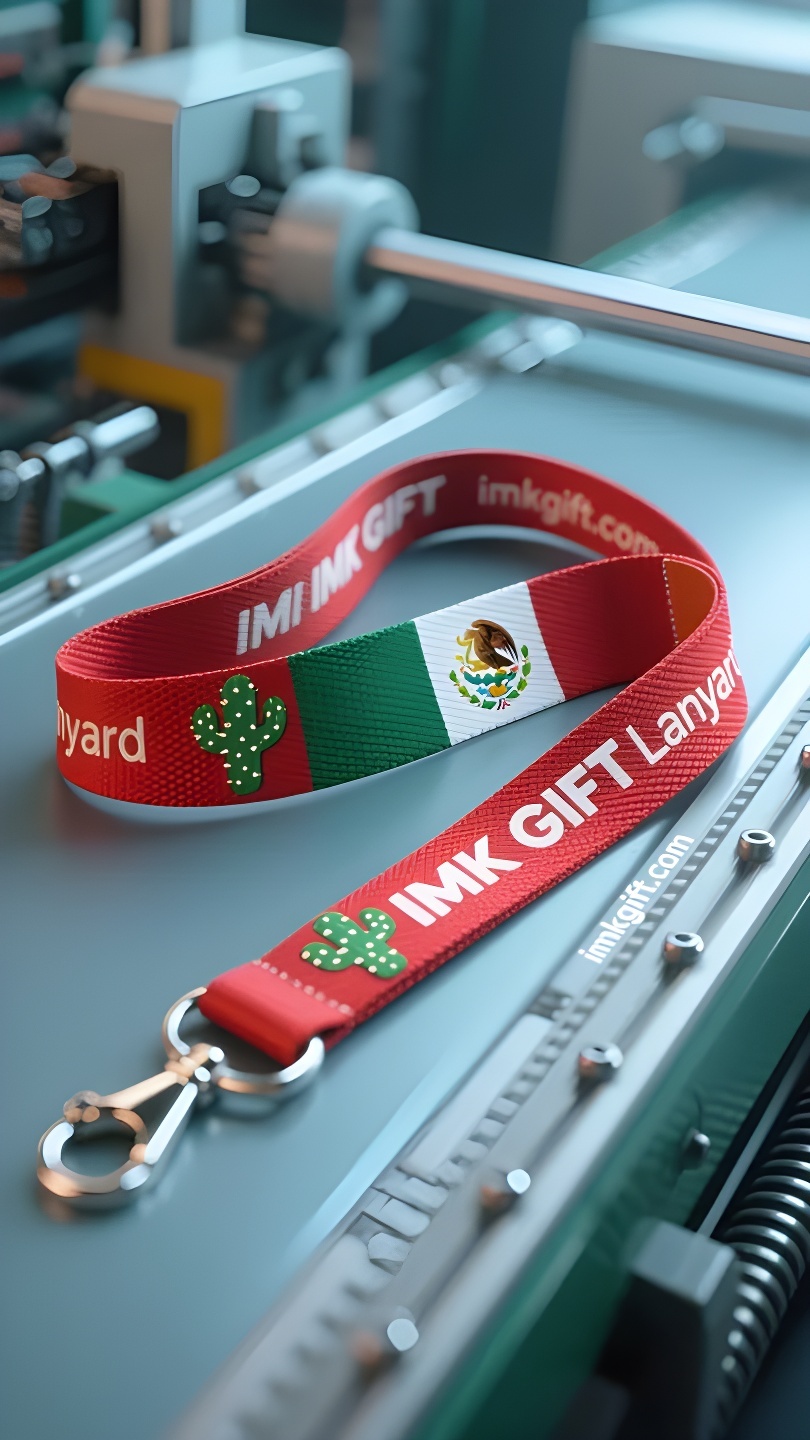in991-Atando-arena-en-cuerdas-el-tótem-invicto-del-espíritu-mexicano
▼
En el centro de la bandera mexicana, un águila y una serpiente venenosa se posan sobre un cactus. Este tótem de la leyenda azteca representa la tenacidad de la nación para arraigarse en la pobreza, pero abrirse paso a través de la tierra. La tradición popular de las cuerdas colgantes de cactus convierte este espíritu en un símbolo tangible: la cuerda tejida con fibras de cactus no solo es la cristalización de la sabiduría de la nación del desierto y la naturaleza, sino también un vínculo vital a lo largo de la historia mexicana. Cada vez que se acerca la celebración de la independencia en septiembre, los mexicanos cuelgan esta cuerda especial bajo el alero. Cada fibra proviene de la vena del tallo del cactus, que ha sido templada por el viento y la arena. Tras ser retorcida, remojada y secada, finalmente se teje en una cuerda resistente que puede soportar miles de kilos. Esto es como el carácter que los mexicanos han forjado durante la opresión colonial y los desastres naturales: usar las cicatrices para nutrir la fuerza y fortalecer los vínculos en la ruptura. Los patrones entrelazados de las cuerdas colgantes coinciden con las vetas de la fusión de las civilizaciones indoeuropeas, recordando a cada familia que la fragilidad del individuo acabará inmortalizándose en la trama de lo colectivo. Mientras el México moderno enfrenta nuevos desafíos en la ola de la globalización, la sombra proyectada por la cuerda de cactus al sol aún delinea el contorno del desierto irrigado por el sudor de los ancestros. No busca el brillo de la seda, sino que revela la verdad con su textura áspera: la verdadera fuerza nunca reside en evitar las cicatrices, sino en saber tejer el sufrimiento en una cuerda de fuerza que sostenga a toda la nación.
In the center of the Mexican flag, an eagle and a venomous snake are perched on a cactus. This totem from the Aztec legend carries the tenacity of the nation to take root in poverty but break through the ground. The folk tradition of cactus hanging ropes turns this spirit into a tangible symbol – the rope woven with cactus fibers is not only the crystallization of the wisdom of the desert nation and nature, but also a life bond throughout Mexican history. Whenever the September independence celebration is approaching, Mexicans will hang this special hanging rope under the eaves. Each fiber comes from the stem vein of the cactus that has been tempered by wind and sand. After being twisted, soaked, and dried, it is finally woven into a tough rope that can bear thousands of pounds. This is just like the character that Mexicans have tempered in colonial oppression and natural disasters: using scars to nourish strength and growing stronger connections at the break. The interlocking patterns of the hanging ropes coincide with the veins of the fusion of Indo-European civilizations, reminding every family that the fragility of the individual will eventually be immortalized in the entanglement of the collective. As modern Mexico faces new challenges in the wave of globalization, the shadow cast by the cactus rope in the sun still outlines the outline of the desert irrigated by the ancestors with sweat. It does not pursue the luster of silk, but tells the truth with its rough texture: true strength is never to avoid scars, but to know how to weave suffering into a rope of strength to support the entire nation.
在墨西哥国旗中央,仙人掌上盘踞着雄鹰与毒蛇,这个源自阿兹特克传说的图腾,承载着民族扎根贫瘠却破土而生的韧性。而民间流传的仙人掌挂绳传统,则将这份精神化作可触摸的象征——用仙人掌纤维编织的绳索,既是沙漠民族与自然博弈的智慧结晶,更成为贯穿墨西哥历史的生命纽带。
每当九月独立庆典临近,墨西哥人都会在屋檐下悬挂这种特殊挂绳。每根纤维都来自仙人掌历经风沙淬炼的茎脉,经过揉捻、浸泡、晾晒,最终编织成可承千斤的坚韧绳索。这恰似墨西哥人在殖民压迫与自然灾害中锤炼出的品格:用伤痕滋养力量,在断裂处生长出更强的连结。挂绳环环相扣的纹路,暗合着印欧文明交融的脉络,提醒着每个家庭——个体的脆弱终将在集体的缠绕中获得不朽。
当现代墨西哥在全球化浪潮中面临新的挑战,仙人掌挂绳在阳光下投下的阴影,依然勾勒着先民们用汗水浇灌沙漠的轮廓。它不追求丝绸的光泽,却以粗粝的质感诉说着真理:真正的强大,从不是回避伤痕,而是懂得将苦难编织成托举整个民族的力量之索。
▼
Contact Us
📞 Tel: +0086-760-85286839
📧 Email: sales3@imkgift.com








